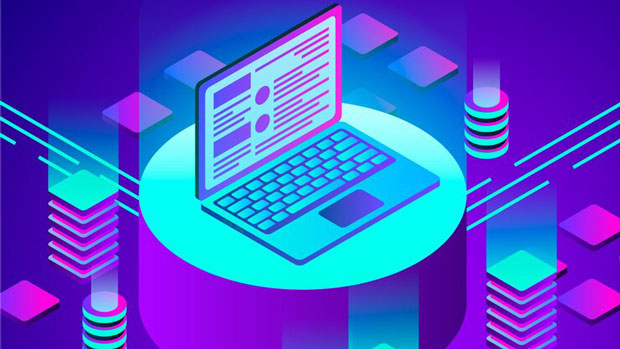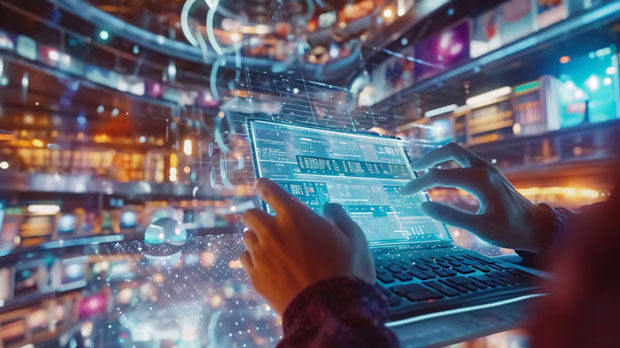In the ever-evolving world of digital marketing, data scraping, and automation, having access to a high-quality IP pool is crucial for success. Among the various IP pool providers, PYPROXY has distinguished itself as a leader in providing reliable, fast, and secure proxy solutions. However, when comparing it to other market competitors, it's essential to analyze factors such as speed, reliability, geographic coverage, pricing, and security features. This article delves into a detailed comparison between PyProxy's high-quality IP pool and the services offered by other major players in the market, highlighting their respective advantages and limitations. 1. Overview of PyProxy's High-Quality IP PoolPyProxy’s high-quality IP pool stands out due to its extensive network of residential, mobile, and data center IPs. residential proxies, in particular, are crucial for businesses needing to simulate organic user traffic without risking IP bans or CAPTCHAs. PyProxy offers thousands of IPs from various locations around the world, ensuring clients can access geo-specific data or perform tasks like web scraping, ad verification, and social media automation without facing IP blocks.The platform’s ease of use, combined with the variety of IP options, makes it a reliable choice for businesses and individuals who prioritize privacy and anonymity. In addition, PyProxy offers flexible pricing plans to cater to different usage needs, whether for small businesses or large enterprises.2. Comparison Criteria: Key Factors to ConsiderWhen comparing PyProxy to market competitors, several key criteria should be considered:- IP Types and Availability- Speed and Latency- Reliability and Uptime- Security Features- Geographic Coverage- Pricing and Flexibility3. IP Types and AvailabilityOne of the primary factors distinguishing PyProxy is the variety and quality of the IP types it offers. PyProxy provides residential, mobile, and data center proxies, each serving specific purposes:- Residential Proxies: These are ideal for tasks that require an authentic appearance of traffic, such as web scraping and ad verification. They provide IP addresses assigned to real users, making them harder to detect and block. - Mobile Proxies: Mobile IPs are perfect for simulating mobile traffic. These proxies are increasingly used for accessing geo-restricted content, social media management, and sneaker botting. - Data Center Proxies: These are faster and cheaper but are easier to detect and block. They are ideal for non-sensitive tasks where speed is a priority, such as scraping data or automating processes.In comparison, many market competitors may focus primarily on one type of IP or provide a limited selection. Some services might only offer residential proxies, which could limit the flexibility of the IP pool for certain use cases.4. Speed and LatencyPyProxy ensures its IPs offer low latency and fast connection speeds, even during peak hours. This is essential for tasks that require real-time data, such as automated bidding or web scraping. PyProxy’s servers are optimized for performance, providing seamless user experience across various applications.On the other hand, some competitors may suffer from slower speeds or higher latency, especially during high traffic periods. Additionally, the reliance on a single type of IP pool can also affect the speed of the service. Residential proxies, while more secure and harder to block, tend to have slower speeds compared to data center proxies.5. Reliability and UptimePyProxy places a high priority on service reliability. With an uptime rate of 99.9%, PyProxy’s users can count on uninterrupted access to the IP pool. This is crucial for businesses relying on consistent and real-time data for decision-making processes.In contrast, some market competitors may offer lower uptime percentages, which can lead to downtime and interruptions. In particular, cheaper services might suffer from instability in their IP pools, which could result in failed connections or service disruptions.6. Security FeaturesSecurity is paramount in proxy services, especially for businesses handling sensitive data or engaging in activities that require anonymity. PyProxy provides robust security features, such as IP rotation, anti-detect techniques, and strong encryption to protect user data.While many competitors also offer encryption and rotation, the level of security varies greatly between services. Some providers may not include advanced security features by default, requiring users to manually configure additional security measures.7. Geographic CoveragePyProxy has a global reach, offering IPs from hundreds of countries, ensuring users can perform geo-targeted activities or access region-specific data. This is particularly useful for international marketing, SEO analysis, or regional data scraping.In comparison, some competitors may have limited geographic coverage, with IP pools concentrated in certain regions or countries. This could be a drawback for businesses needing IPs from diverse locations around the world.8. Pricing and FlexibilityPricing is always a key consideration when choosing an IP provider. PyProxy offers a tiered pricing structure that caters to different needs, from small businesses to large enterprises. Their pricing is competitive, especially when considering the quality and security of the IPs.While some competitors offer lower prices, these services may come with limitations such as fewer IP types or lower-quality proxies. Cheaper options might also compromise on security and support, which could pose risks for businesses relying on proxy services for sensitive tasks.9. Support and Customer ServiceCustomer support is another essential factor when choosing a proxy service. PyProxy provides excellent customer service with 24/7 support, ensuring clients can resolve issues promptly.Some market competitors might offer slower response times or less comprehensive support, which could be frustrating for users facing technical challenges or service interruptions.10. Conclusion: Which Service is Right for You?In conclusion, PyProxy offers a comprehensive solution for users in need of high-quality IPs. With its extensive pool of residential, mobile, and data center proxies, coupled with fast speeds, reliable uptime, and strong security features, it stands out in comparison to many market competitors.However, if your needs are specific to a certain region or if you are on a tighter budget, other competitors may offer viable alternatives. It’s essential to carefully evaluate your specific use case, geographic needs, and budget to choose the service that best fits your requirements.Ultimately, whether you choose PyProxy or another provider, make sure to prioritize the quality and reliability of the IP pool, as these factors can significantly impact the success of your digital strategies.
Nov 11, 2025



































































